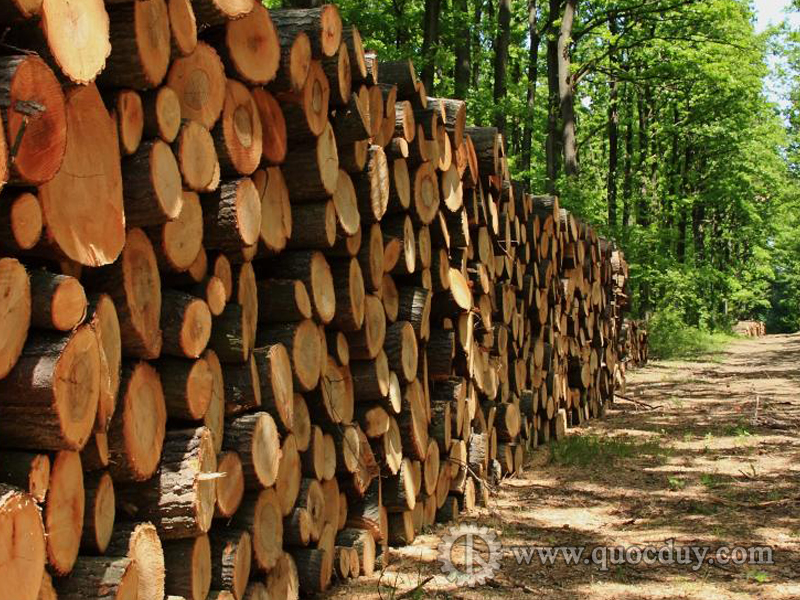Monday, 06/11/2017, 08:45 GMT+7
TIMBER EXPORT SHALL HAVE A CHANCE TO REACH US$8 BILLION

According to statistics, in the first six months of this year, the export turnover of timber and wood products reached US$3.57 billion, up 13.6% compared to Ú$3.14 billion for the same period in 2016. The average export turnover in the first nine months of 2017 is about US$700 million per month. Meanwhile, the last 3 months of the year is always the peak for exporting timber and wood products, so according to experts, if the exports is still maintained, Vietnamese timber industry can reach US$8 billion.
Positive impacts
Similarly, To Xuan Phuc, an analyst at Forest Trends said that if the current growth rate is maintained, the export turnover in 2017 could reach US$8 billion. Most of the growth is in the traditional consumption markets, which are the main export markets of Vietnam such as the United States, Japan, China and Korea.
In general, the major markets for the Vietnamese timber industry, such as the US market, it mainly imports wood products from Vietnam and some sawn timber. Chinese market imports more timber materials from Vietnam than wood products. While Japanese market accounts for 60% of the import value of wood materials from Vietnam, mainly woodchips, boards and wooden chairs, other materials such as logs or sawn timber are very low
For new markets such as Korea, Vietnam is exploiting the export of timber materials such as pallets, snails, wood chips, furniture etc. And finally the EU market is also one of the big timber export markets for Vietnam, 4 times higher than the import turnover in the opposite direction.
Impacts of policy
In export markets, there are the signals for changing the governmental policies in order to manage more stringent for import wood products. The clearest signal can be seen in the markets of Korea and Japan, which are two of the five consumption markets for Vietnam wood products. If Korean government's roadmap, by the end of 2017 Korean importers will have to exercise due diligence. The same process will take place in Japan, but later (2018). Implementing these regulations will directly affect Vietnam’s export situation to this market.
According to Nguyen Van Ha – Deputy Director General of Vietnam Administration of Forestry (MARD) has recently issued Decision 38 to encourage the large timber forest plantations to increase production and process wood products and limit the export of timber materials, improve the value per ha of forest land. This is one of the big policies which hope to push the export value of timber industry in the future. While Vo Dinh Tuyen, Deputy Director of the Department of Sectorial Economy under the Government Office said that the Government is having a policy of linking processing plants with material source, and Associations and Forest Trends need to discuss and research on this issue, thus it supports its sustainable development. At the same time, the Government also review the issues of forest harvest, sustainable development, efficient and sustainable use of land, and disputes. Processing systems are located in natural forests need to be reviewed as it is likely that these facilities will have bad on natural forests.




















